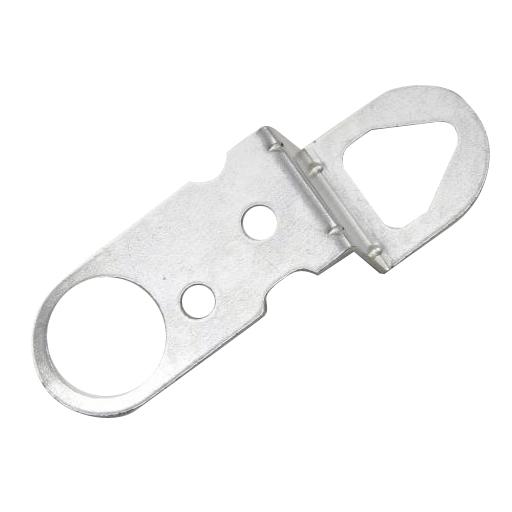On Clock Movements and also Motors
Clock motions as well as electric motors are the core of any type of timepiece. Clock activities as well as electric motors could be mechanical or electronic, analog or digital, yet they all figure out the angle subtended by each of the hands at any kind of provided moment. Having existed for centuries in one type or another, these remarkable tools have a rich background.
Clock electric motors as well as motions are in fact interchangeable terms defining the very same point, though "motion" is a trade term while laymen have the tendency to choose "electric motor." Originally they were strictly mechanical, making use of the force of a hanging weight or coiled springtime to rotate a flywheel. Pendulums as well as escapements converted the turning right into an oscillating activity with a particularly acquired regularity.
Modern clock activities are digital as opposed to mechanical. Timing pulses come from a quartz crystal that shakes at an accurate regularity corresponding to the crystal's geometry. Mathematical signs up subdivide the frequency into standard timekeeping values.
The standard timing pulse is translated into movement of the hands. Mechanically this is achieved through a network of equipments such that the shaft holding the used revolves 6 degrees of arc every second, as well as the minute-hand shaft as well as hour-hand shaft remain in turn 60 times slower. Digitally this activity can be completed by converting numerical worths in digital collectors straight into shaft setting.
These are the basics of timekeeping. In addition, whatever cycles back to the start state at some point, a rolling back to zero, as it were. The majority of frequently this worldwide reset occurs every 12 hours, though a 24-hour cycle is commonly regularly made use of.
Nevertheless, these cycles are according to convention and can be extended out regarding preferred. It's merely an issue of configuring the clock activity accordingly. Motors are conveniently offered that perform weekly as well as month-to-month cycles with a concomitant positioning of an additional shaft to point a fourth hand at the day of the week or day.
Some clock motors utilize a 4th hand shaft for presenting trend degree (an extra complex estimation yet still well within their ability). Still others are made to report climate information specifically (i.e., without integrating it right into a wrist watch).
Yet temperature level, moisture, and also barometric pressure are worths obtained from sensing units as opposed to stemmed from intermittent behavior. This means that climate motions need added inputs and have to develop limits to the worths. Dials need to be adjusted as well as hands turn a part of a cycle.
It ought to currently be clear that clock motions and also electric motors offer a wide range of attributes. A few of these are executed in off-the-shelf watches, but many are not. Nonetheless, it is easy to find the movement you desire from an on-line provider and develop the preferred clocks on your own.
The diameter of many wrist watches is 12 to 14 inches at most, as well as most of motors are made to suit hands as much as the matching maximum size (i.e., minute hands no longer compared to 6 or 7 inches). Nevertheless, some clocks are bigger and even take up an entire wall! In such an instance, one need to utilize a high-torque activity so that the heavier hands can be rotated with adequate power parts of a clock.
Mentioning power, almost all of the modern activities work on batteries differing in size from AA to C (and also occasionally special choices). Since changing the batteries is essential once a year or less commonly, individuals as a whole locate this appropriate. However, you will discover electric motors available that plug directly right into an electrical outlet.
Novelties are in some cases incorporated right into or connected to the system. Instances are pendulums (that oscillate for show only) and chimes (with various sound patterns offered). Which finishes our short article on clock activities and also motors.


